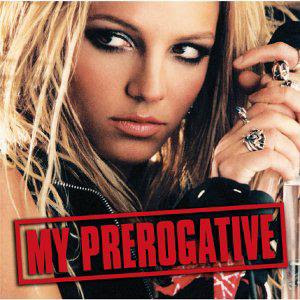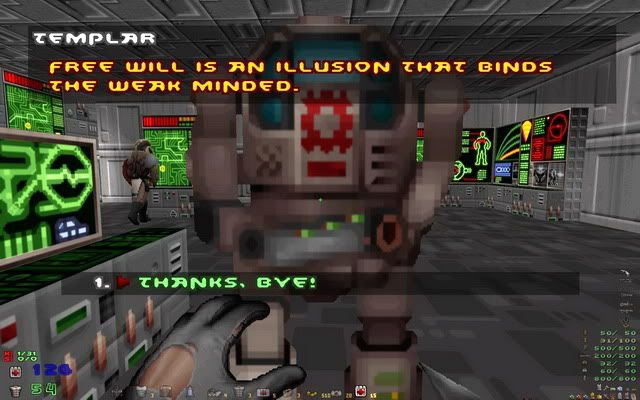Et tu, Brutus?
***
Please note: This is the second of the reform choices. It will inform the basis of the new government.
***
The Venerable Respublica of 402AU was one of the great powers of its time. Almost thirty years had already been invested in the colonization of the old Phyr territories. Trillions of credits were expended in the grandest endeavour of its age. Not even the old Republic could boast of settling dozens of worlds simultaneously, with hundreds of more outposts, installations and missions sprinkled across a mind-boggling expanse of space. Millions of human beings were funneled through the colonial program. At first, they were rigorously interviewed for political reliability and piousness. Then, slowly, the pressure valves were released, and there was an en masse population transfer. The Dead Zone was a veritable gold mine. Land, precious land, was available to any who could pay for transport. If they could prove that cultivating it was not beyond the logistical ability of their persons, families or associations, lots of virtually unlimited size were available.
The productiveness of these virgin worlds was slow to pick up, as development continued – but when it did, it was a shot in the arm for the Respublica. There were mega-credits of resources and an untold industrial potential out there, awaiting only the congruence of opportunity and willpower. In a people who were increasingly driven by the thirst for wealth and material satisfaction, such willpower was in plentiful supply. Respublican society was changing – and, in truth, had been changing for some time. Services long considered verboten were once again becoming available widely. Even Unity City itself bore witness to the socio-religious revolution, as the first adult entertainment centre in almost a century opened for business there. Thousands of fortunes were made overnight by business savvy, mostly young individuals. By 400AU the bonanza was well and truly in swing. And it enraged the traditionalists.
The natural instinct of the Codexian state, of course, was to smash the interlopers, proclaim an evisceration of heresy and destroy the nascent political/economic movement before it became unstoppable. Fortunately – or perhaps unfortunately, in the eyes of some – the traditionalists were too busy and too devoted to wrangling with the reformers to be able to affect any truly repressive measures. Furthermore, they were losing that political struggle. Elder Pius Taizong was able to outmaneuver the aging Elder Benoit Charles Certo in the legislative backrooms. His clandestine campaign was effective in isolating Certo from most forms of support. The funding Taizong received from the military-industrial complex and various ‘interested parties’ was enormous. It allowed him to bribe the men he could not sway by other persuasive means. Where he could not buy men, he bought ideas. His promises envisaged plenty, opportunity and wealth that would make a difference. Certo could only appeal to history, to traditional values and to Santi Maria.
Needless to say, the former was more attractive, generally. Most clergy-officials soon came to see things from Taizong’s perspective. All in all, it was looking increasingly likely that the next Synod of the Faithful of Santi Maria would bring about great changes in Respublican government. Was it then a surprise that, in his desperation to preserve a floundering way of life, Certo would resort to violence? The Paladins of Santi Maria – a praetorian guard for the senior-most leaders of the Marianite religion – seemed to be the instruments of his response to the reformist challenge. Though he knew that he risked the anathema of civil war, to Certo’s mind it could not be helped. The ends justified a terrible means. On 2nd September 402AU, Elder John Theocrite Miccoli was assassinated after a cabinet meeting on the outskirts of Unity City. Though the culprits were neither caught nor identified, the reformist faction was not naive. Miccoli had been one of the greatest proponents of their cause. There was only one group with a strong motive for killing him. However, it was only when Tombe A’lualua himself was shot and killed at a political rally in Ile de France that the stage was set for a final showdown between the two factions.
But there was still the question of what, exactly, Certo’s plan was. The assassinations of Miccoli and A’lualua – were they the first shots in a purge? Or were they the last gasps of a desperate leader? Was the intent to hurt, or to demoralize and intimidate? Did Certo have the Paladins behind him in their entirety, or was this the work of individuals? If so, what was the appropriate response from the reformist faction?
There was a great deal of mutual respect between Taizong and Certo. Both Elders expressed regret over the course events had taken – one that had driven them to antagonism. In the end, sorrowfully, they both were prepared to do what had to be done, in pursuit of victory. There was simply too much at stake. Not in a personal sense, but, rather, in the sense of the future identity of the Great Human Nation and the Marianite faith, itself. To that end, the two sides set their plans in motion, and anxiously awaited the outcome.
A choice remains.
Do you... initiate a ‘Night of the Long Knives’? Miccoli is dead. A’lualua is dead. We know who is at fault. Our reforms have popular support. There is no choice now but to destroy the traditionalists. If we allow them to run amok, or if we allow them to intimidate us, we will lose. It is simple enough. Break them!
OR
Do you... choose the path of law? Investigate the assassinations, Councilmen, but abstain from a bloody massacre. How can the Synod reform a government without legitimacy; a government born in senseless violence? If Certo is guilty of these crimes, let us prove so in a court of law. Must we always bathe in the blood of our foes? Let us bask in justice, instead. It will leave us cleaner.
![Glory to Codexia! [2012] Codex 2012](/forums/smiles/campaign_tags/campaign_slushfund2012.png)













![Have Many Potato [2013] Codex 2013](/forums/smiles/campaign_tags/campaign_potato2013.png)


 Thanks for the low-down, i'm gonna go read this shit up.
Thanks for the low-down, i'm gonna go read this shit up.

